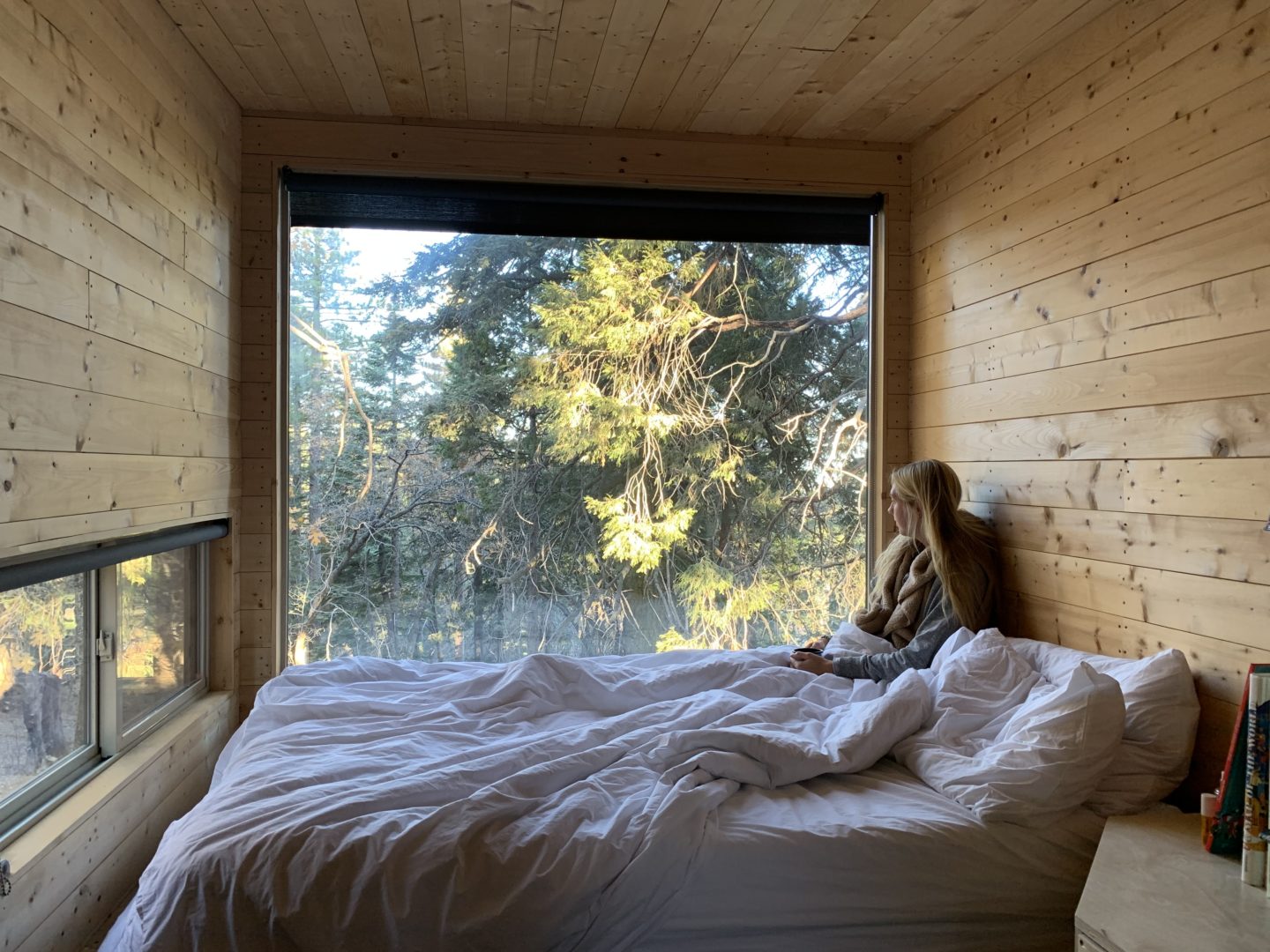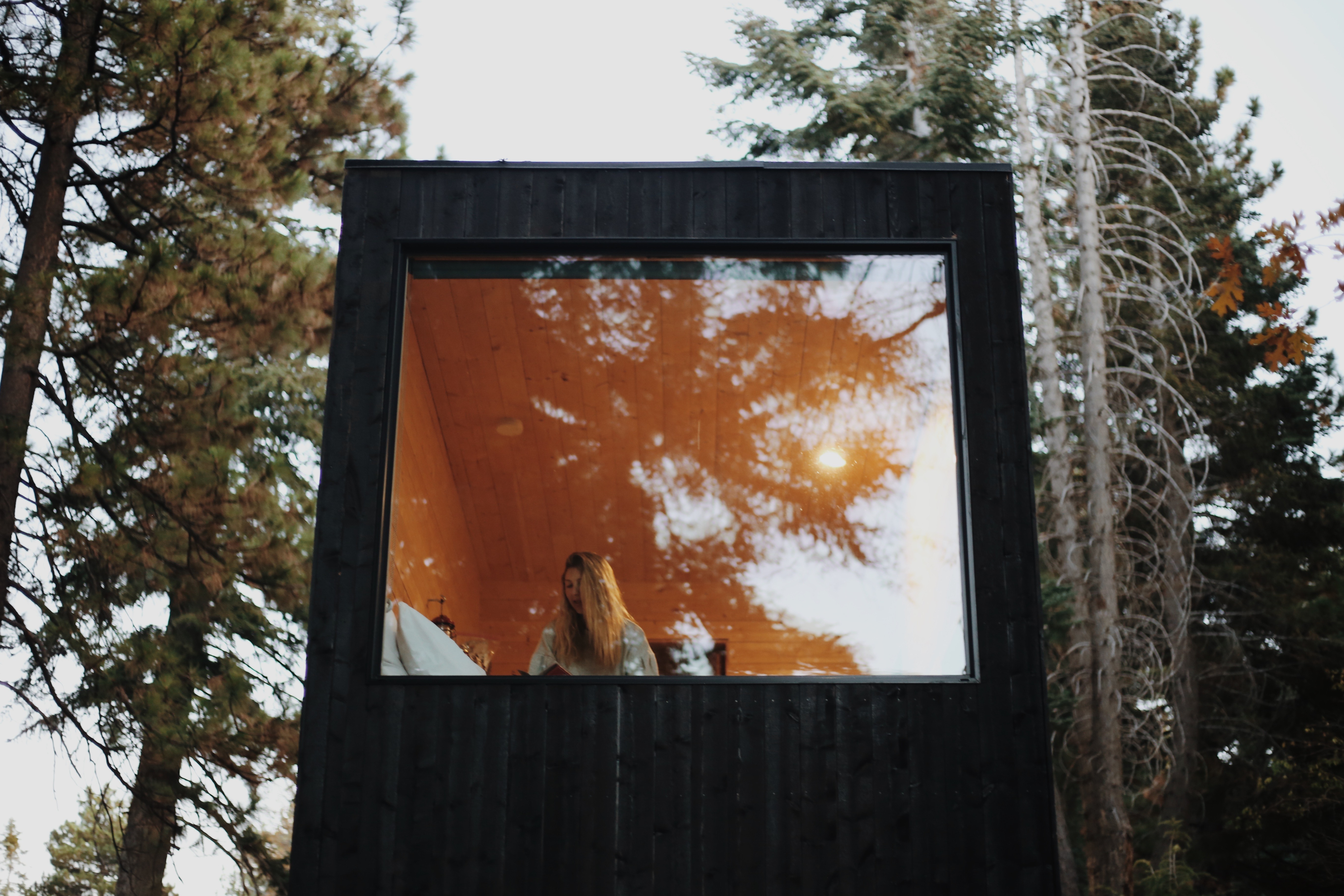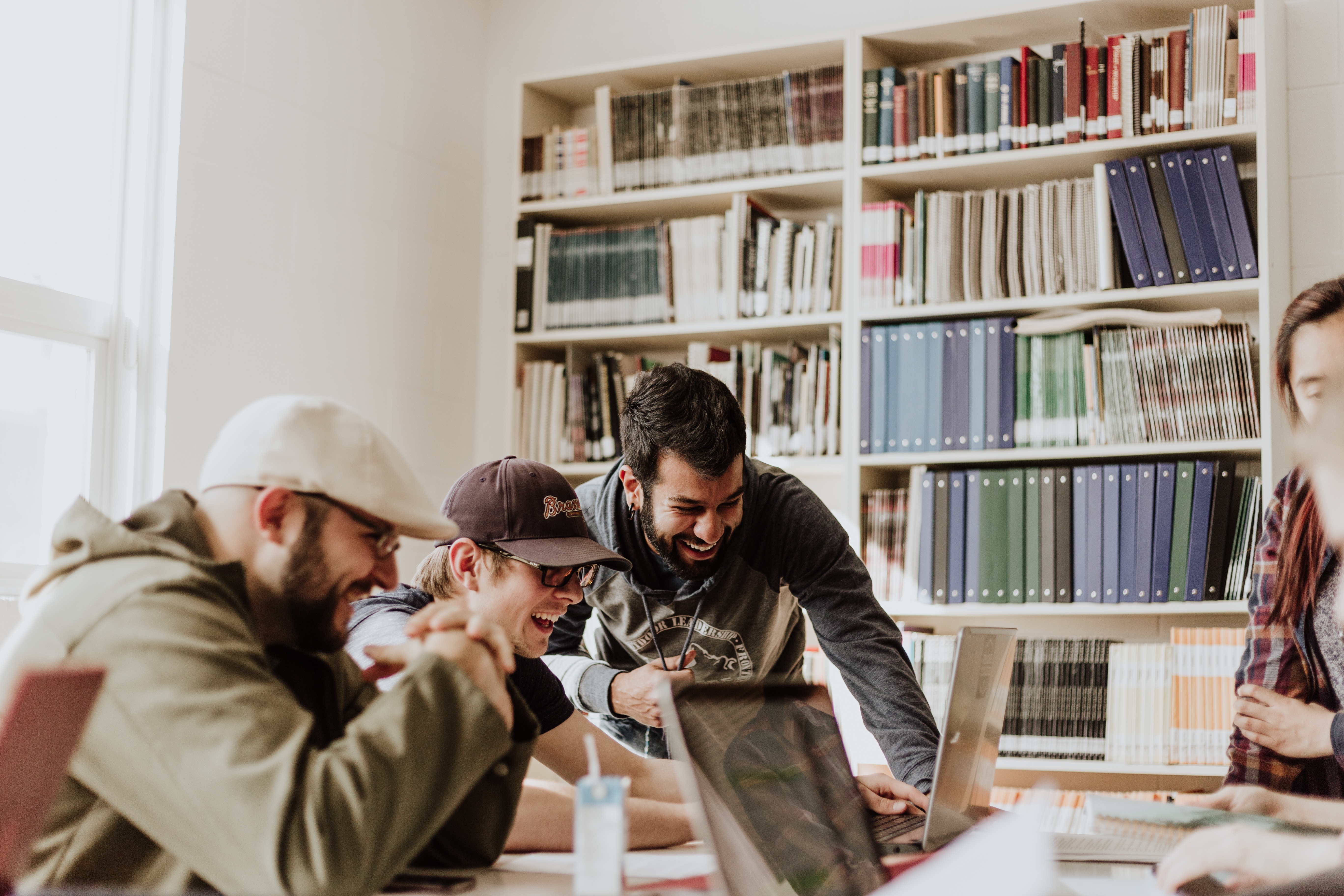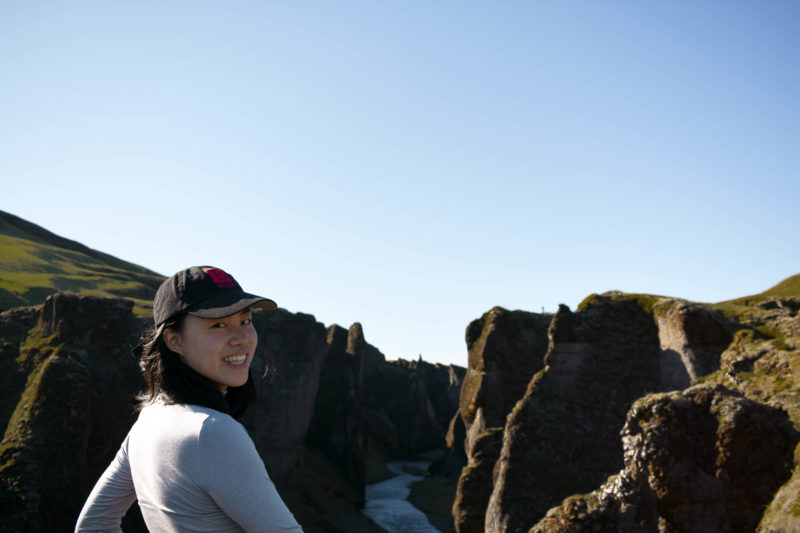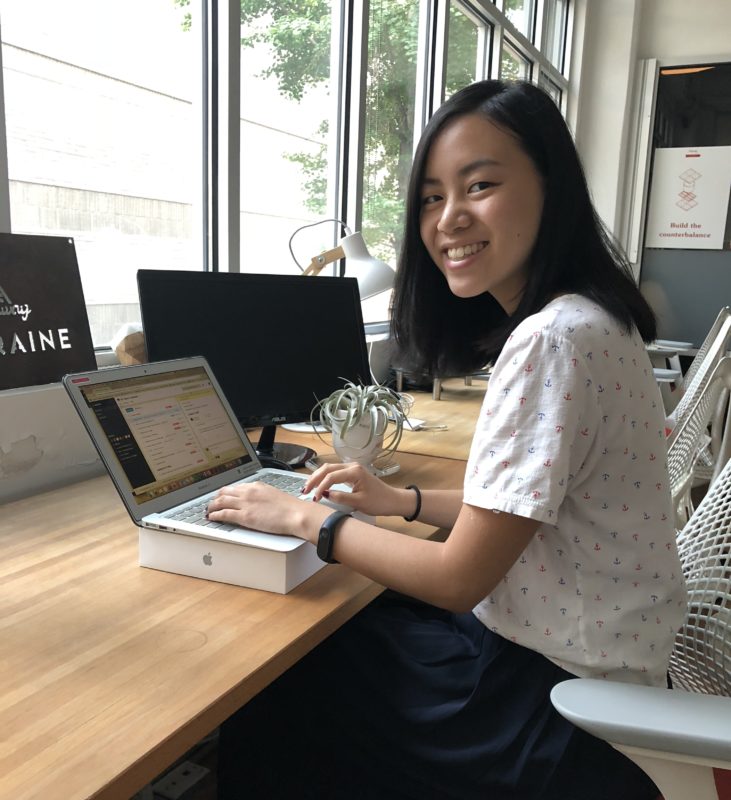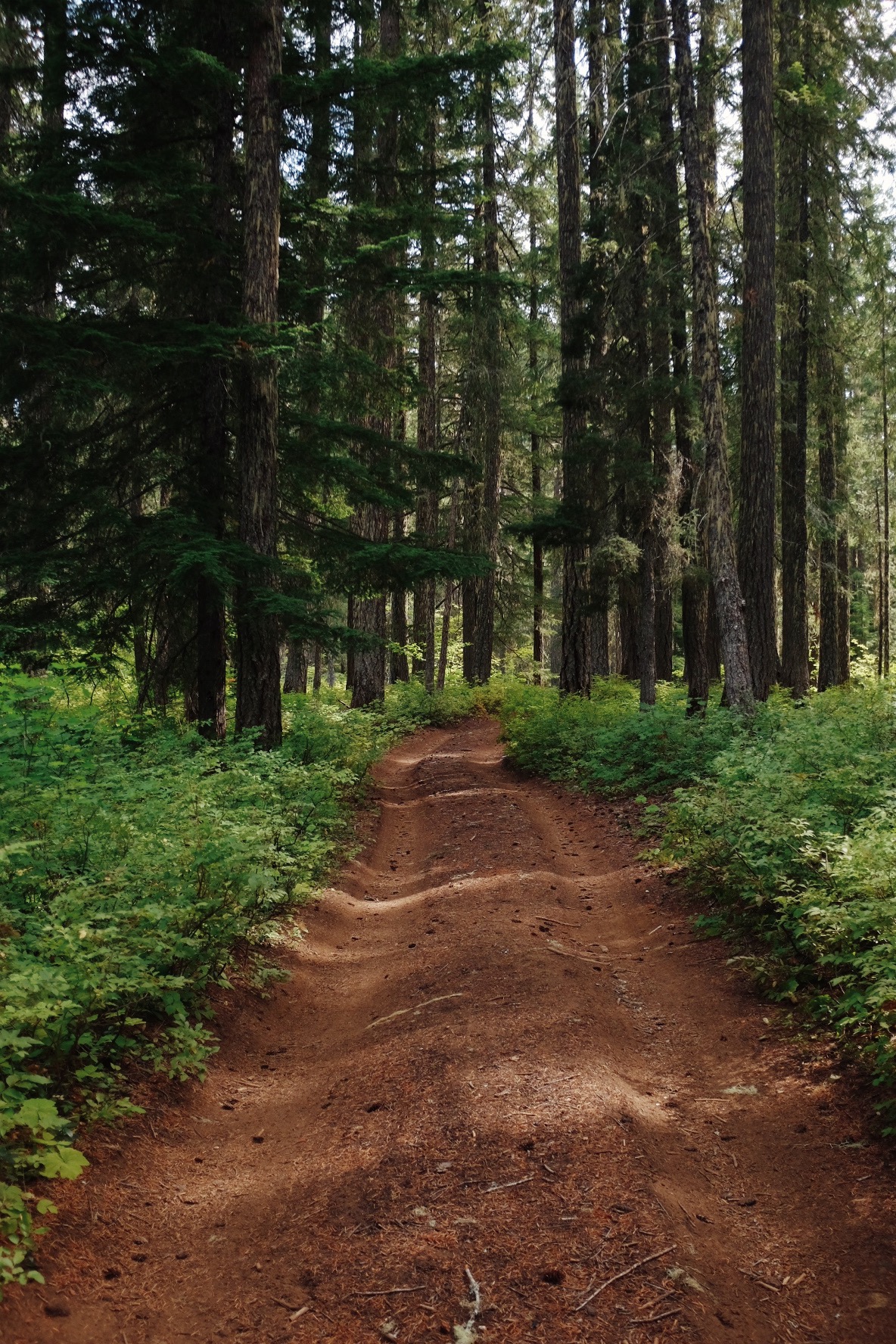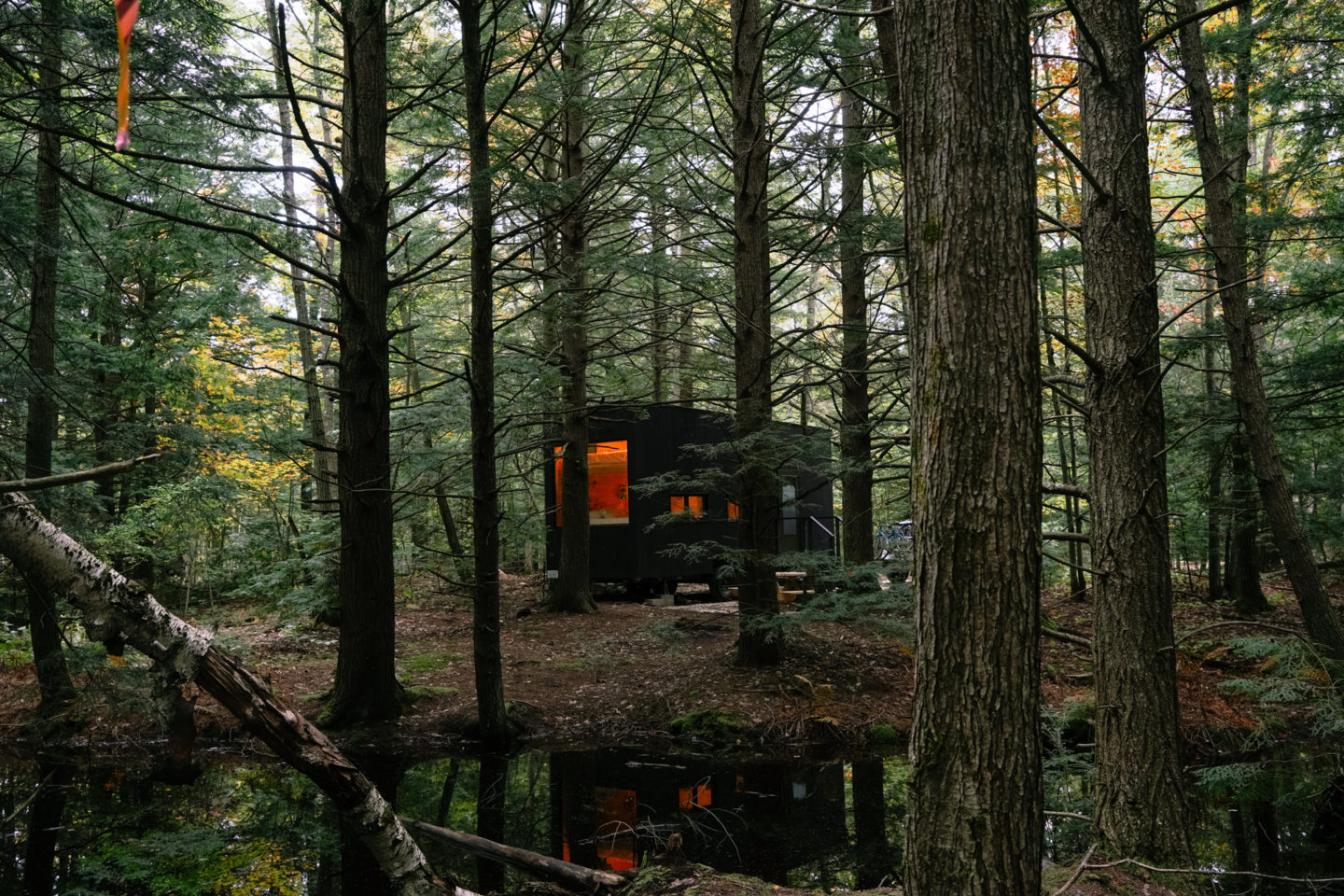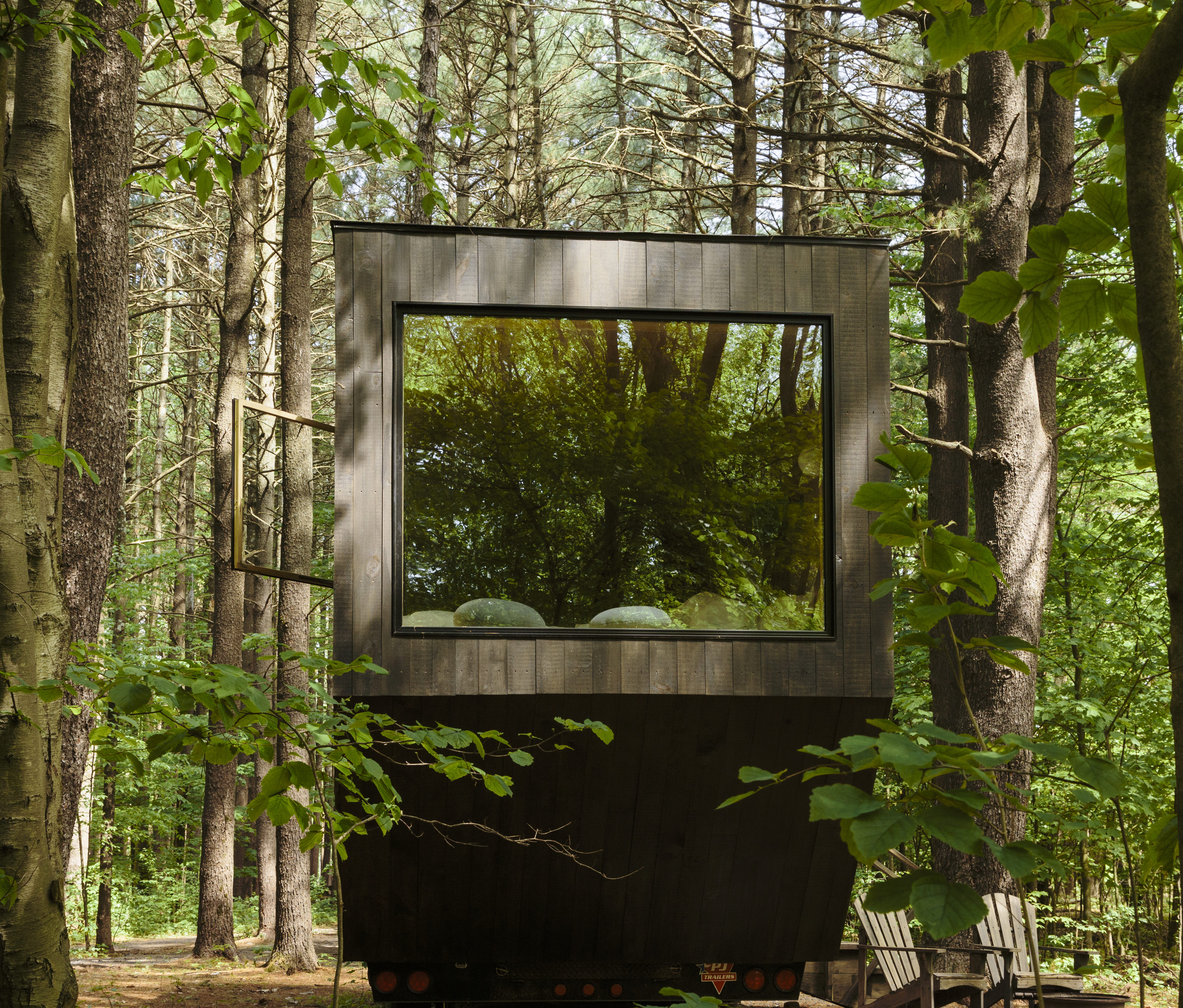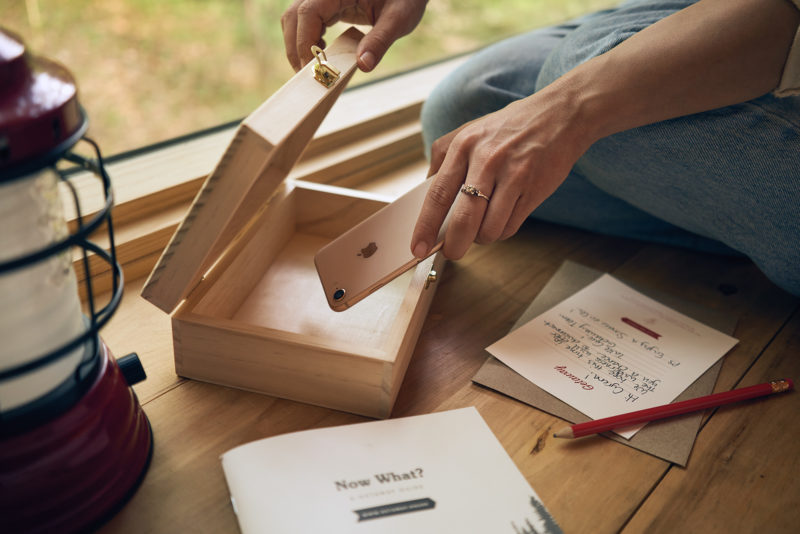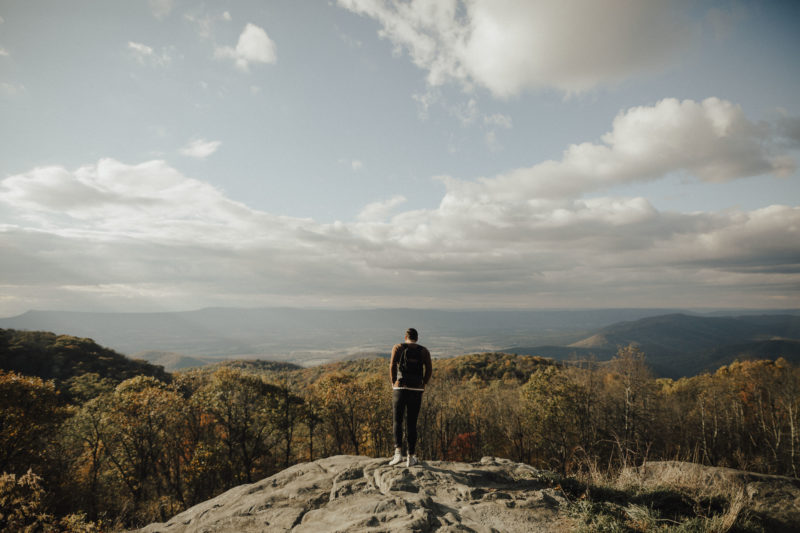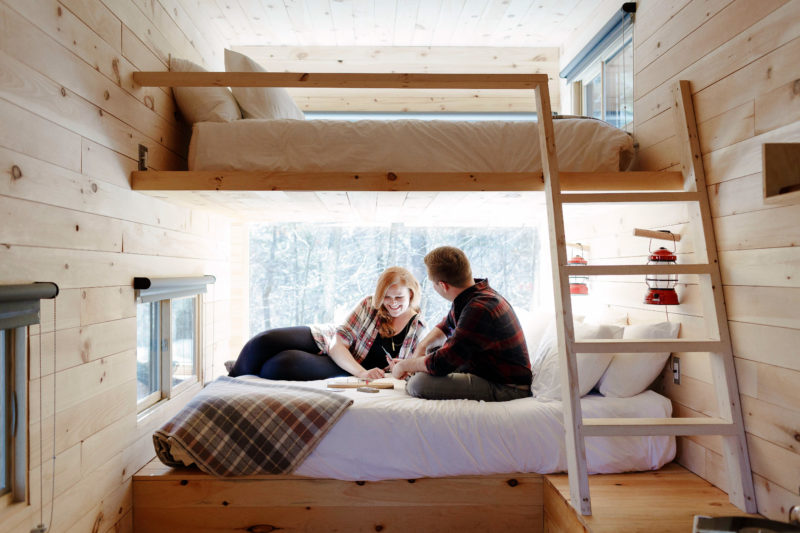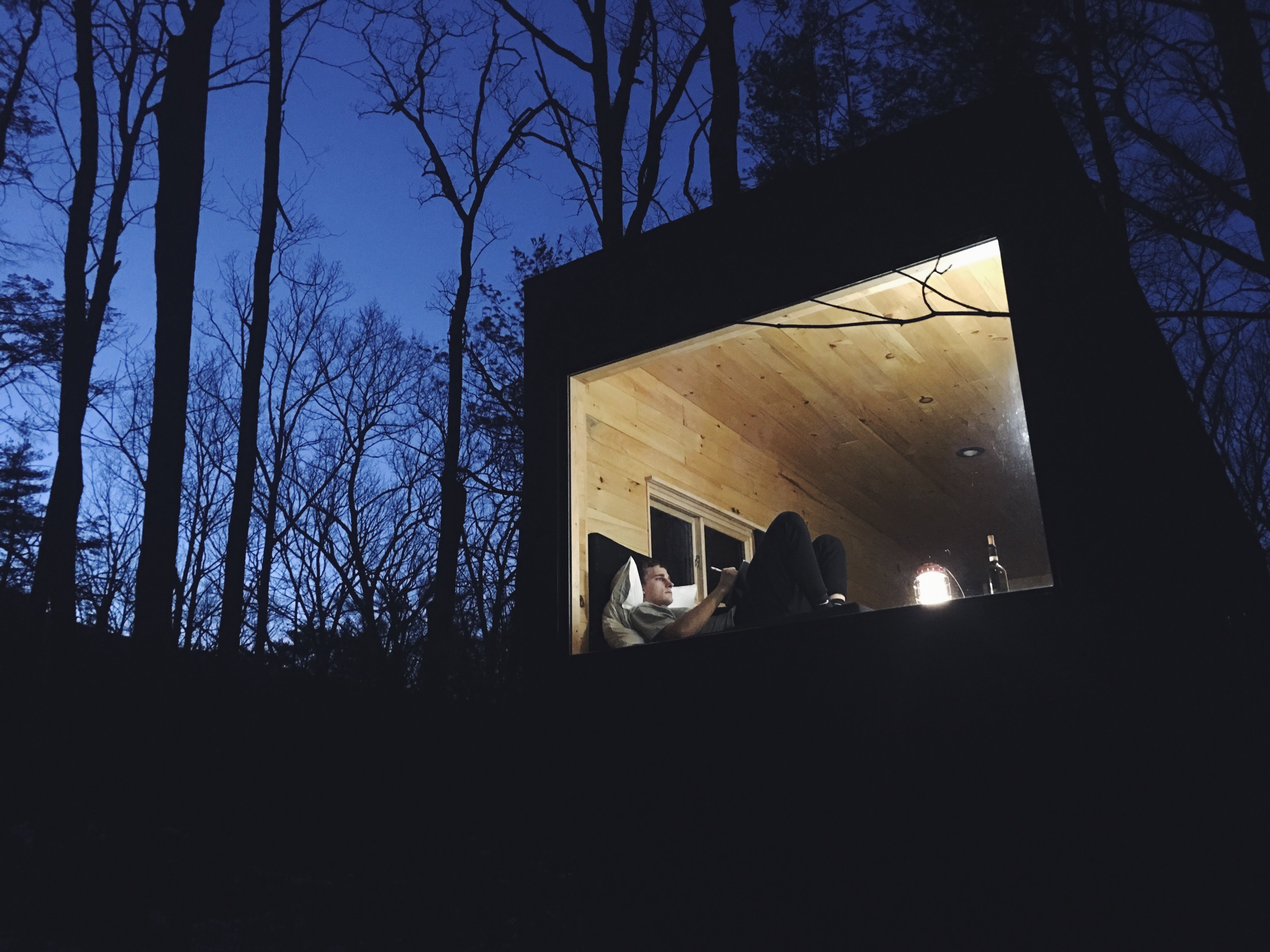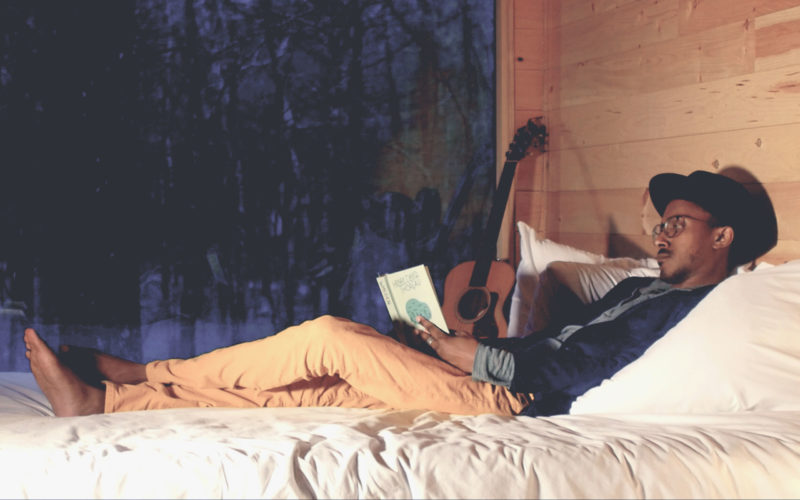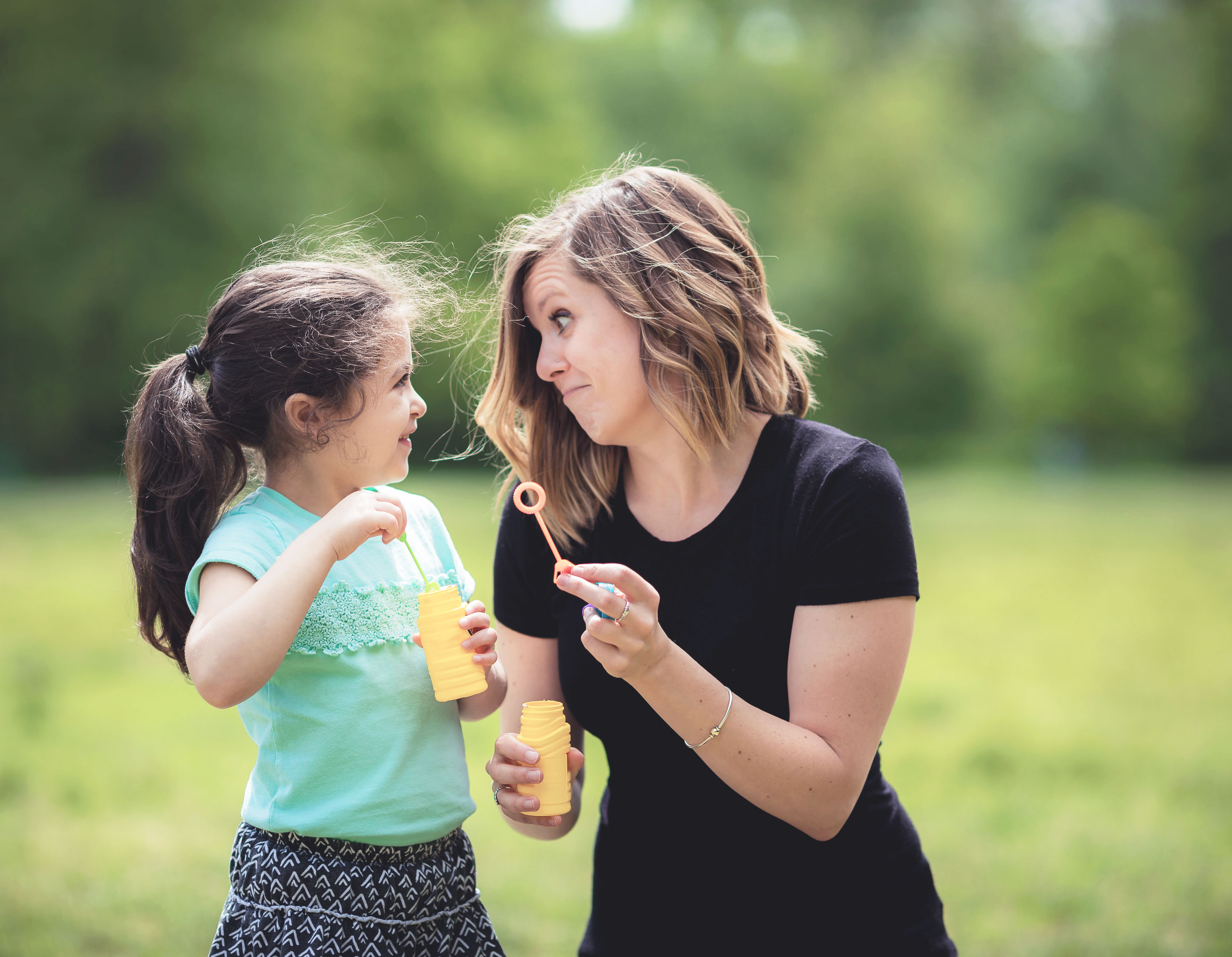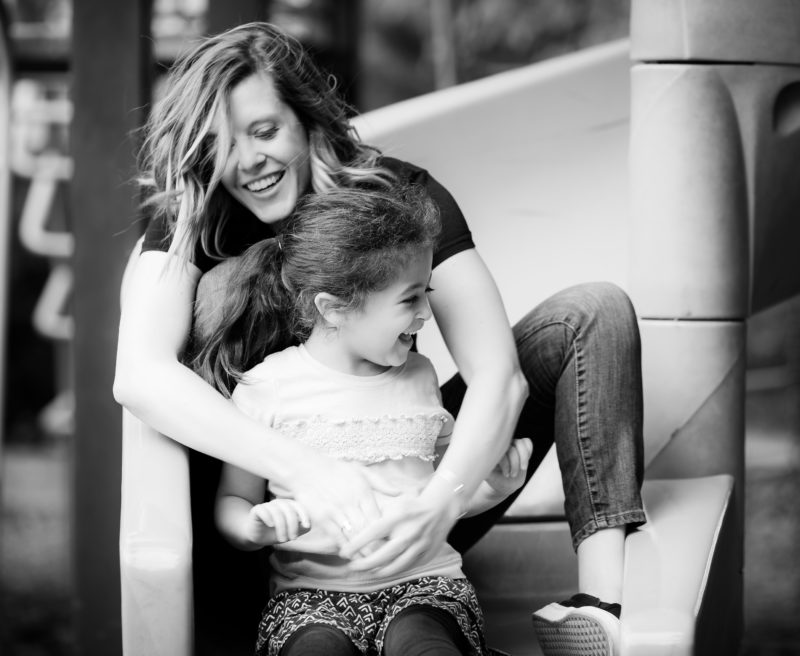Last month, we welcomed Getaway guest Allie to our Outpost just two hours outside of LA. It was just the reset she needed, from the stresses of work, traffic, and just generally having to be on.
After a taxing day at work and I am on my daily commute, sitting on the freeway, I wish I could just close my eyes and make everything around me disappear. Obviously, that would be extremely dangerous, so I just end up imagining a more uncomplicated life. A life where I could lock up my phone, look into the forest, and feel like I am truly home. It may seem like a weird concept—for somewhere you may have never been to feel like home, but it is in nature where our true, primal, human bodies are meant to exist. We are meant to be void of electronics and gadgets, and ultimately to live amongst the resources of our extraordinary planet.
I needed to get back home and I am eternally grateful that Getaway made this instinctual need of mine so accessible. My friend and I ventured through the mountainside into Running Springs, where a community of Getaway cabins are located. As we got closer to our destination we felt welcomed by golden rays sifting through the trees and the open landscapes which surround us. Prior to arriving, inspiration lingers in the crisp air, preparing us for the journey ahead.

Once we pull up to our cabin, we fall in love with the beautifully crafted exterior and interior, the Getaway cabins are truly everything you have ever dreamed of— simplicity at its finest. The most gasp-worthy feature has to be the window which covers the entire wall and faces out into the forest. It almost seems as if the landscape is a large mural, and once I see the burnt- orange leaves flutter and fall, I begin to understand that nature is undeniably the most beautiful art.
While on our voyage we hiked mountain side trails where there were towering pines and where we received visions of our planet that would forever be imprinted into our memories. After a strenuous day in the forest we were grateful for our Getaway House to provide the necessities we needed to unwind.
So often we talk about escaping, but I argue that what we really yearn for is a moment of return. In the age of digital distraction we need to come back to nature, to thrive in the environment we were created to be in. Getaway’s mission is to do just that, all while making the experience comfortable and convenient.
